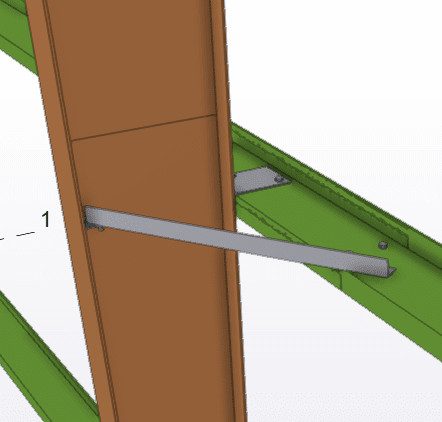I am in the process of analyzing a pre-eng frame for a new loading case. I've calculated the column compressive resistance as per CSA S16 13.3.2 for flexural buckling, however in my case the web slenderness ratio forces me to use 13.3.5 and reduce my yield strength to Fye = 83MPa. I have the component/loading sheets for the existing pre-eng, and calculated the load on the columns based on the provided reactions, and the reaction well exceeds the resistance calculated using the effective yield strength. If I calculate it assuming no local buckling of the web, the column is nearly at 100%, which given how tight pre-eng usually gets designed doesn't surprise me.
I am wondering how they get around this slenderness check? I looked into the "Limit States Design in Structural Steel - Kulak, Grondin" hoping that maybe since it's a plate column there would be different requirements, but unfortunately it appears that the same slenderness ratios.
Anyone ever run into this before?
I am wondering how they get around this slenderness check? I looked into the "Limit States Design in Structural Steel - Kulak, Grondin" hoping that maybe since it's a plate column there would be different requirements, but unfortunately it appears that the same slenderness ratios.
Anyone ever run into this before?

